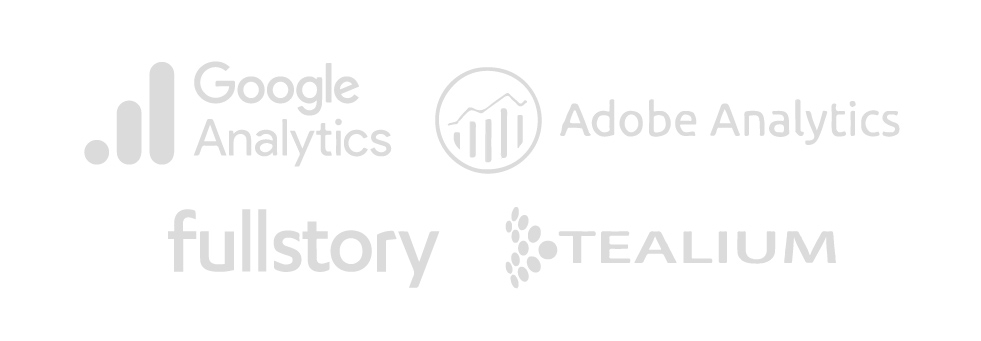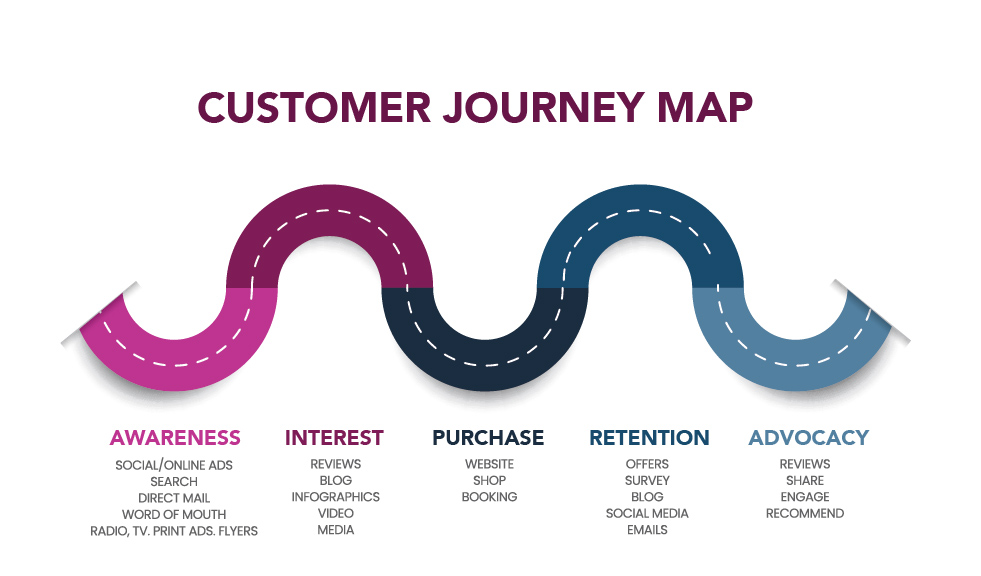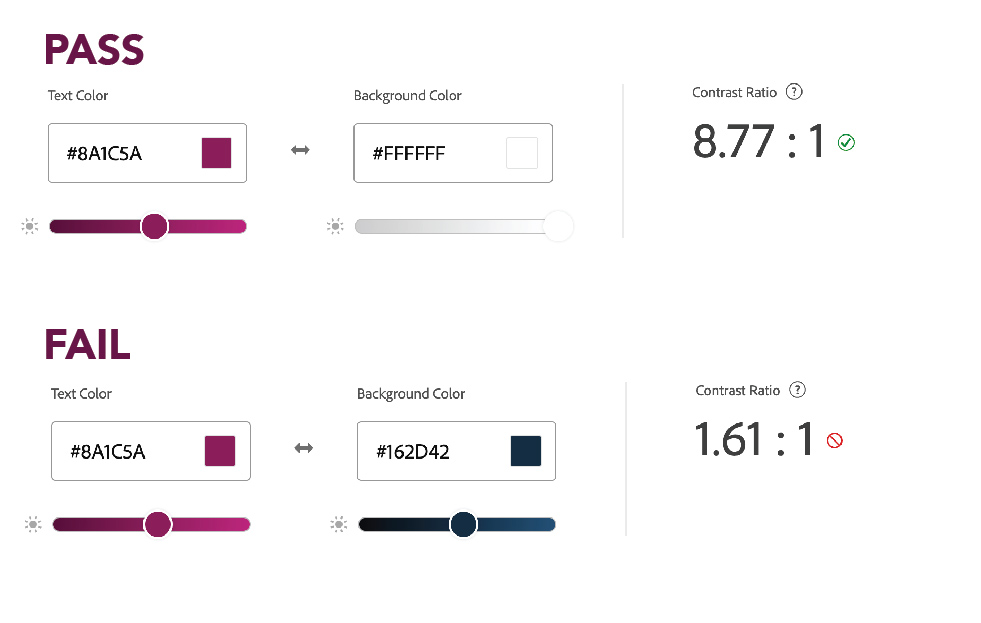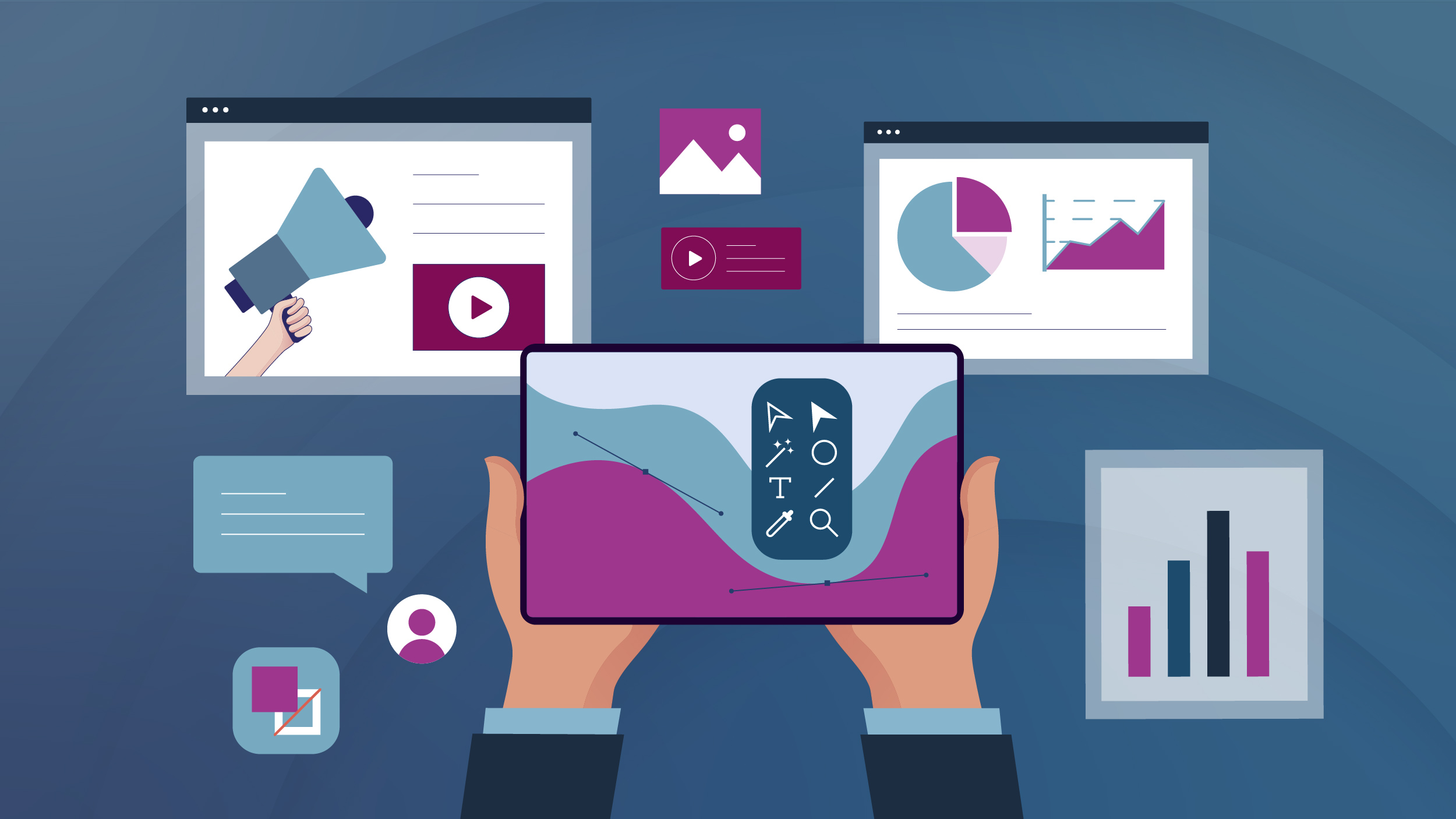As marketers, we are constantly looking for ways to connect with a brand’s target audience in order to drive conversions. We spend countless hours crafting the perfect message, choosing the visual elements, color schemes, graphics, and optimizing campaigns for different channels. Efforts can be ineffective if we don’t fully understand audience preferences, behavior, and relevance. Data is crucial. By using data to inform segmentation, we can tailor messaging and visual elements to create a relevant and engaging campaign.
Use Data to Gain Insights Into Your Audience’s Preferences and Behavior
Customers have individual needs and preferences that can vary greatly depending on their age, gender, location, interests, and other factors. Targeting the right audience will be more successful if you know their purchase goals. By segmenting customers based on data insights, you can tailor your messaging and visual assets to a targeted audience that is most likely to engage and even take action with your brand. Data helps create audience personas to understand your audience’s needs, motivations, and pain points. Using the right tools, such as Google Analytics, Tealium AudienceStream, Adobe Analytics, FullStory, etc. you can gather data on your audience’s behavior, preferences, and message relevancy. Using this data you can create customized campaigns to increase engagement, conversions, and customer loyalty.
In addition to understanding general preferences and behavior of your audience, it’s also important to segment your audience based on their behavior on your site, app, or other digital medium. By tracking user behavior, you can identify patterns in how consumers interact with your content, what pages/screens are most visited, which call to action buttons have interactions, and there are other metrics as well that can be used to influence who you target in your campaigns. For example, if you notice that a certain segment of an audience is cart abandoners or window shoppers you can focus your campaign strategy by creating visual elements that connect with this behavior. Coupon codes with discounts area a good way to engage first time buyers and entice new customers to take action with a defined path to purchase.

Understand the Customer Journey
From initial research and discovery to purchase and retention, customer journey maps explain how customers interact with your brand and work to anticipate customer needs in each step of the process. Customer journey maps are a visual representation of the engagement customers have with your brand from the time they consider research a product to the point of making a purchase then becoming a loyal customer or brand advocate. According to a 2022 research study conducted by Hanover Research, almost 80% of companies report that customer journey maps have enabled them to become more customer-centric. When customers receive a good experience with a brand, they are more likely to progress faster in that journey and commit to a purchase. A journey map outlines touch points that help you understand what your customer is thinking, feeling and doing along the way. The more you know about your customer, The easier it is to identify challenges and address them. The more touch points presented to a customer, the more opportunities for them to find and interact with your business at various stages of their journey. Customer journey maps allow brands to create a better customer experience, identify pain points, increase customer satisfaction and ultimately drive sales.

Tailor Your Creative Strategy to Different Channels
Once you understand your audience’s preferences, behavior and journey, it’s important to tailor your creative strategy to different mediums such as social media, Google, display ads, etc. This means optimizing your messaging and visual branding to match the data captured to ensure that it resonates with your audience on a variety of digital platforms. For example, for a social media campaign, you should optimize your messaging and visual elements for each platform. This might mean creating shorter, punchier headlines for Twitter, while focusing on visual elements for Instagram. By tailoring your creative strategy to each platform, you can maximize engagement and drive more conversions across all channels.
Define Visual Branding Elements
A well-defined visual brand guide drives growth for some of the world’s fastest-growing brands. There has been a big shift from traditional media to digital, which means there many more channels where you can establish authenticity and build credibility while also collecting important customer data. Cohesive and strong visual branding allows consumers to easily identify your company and helps guide them through their customer journey. The combination of typography, colors, graphics, and icons form a brand identity and help drive campaign results.
The initial design phase involves several things including photography selection, color usage and making sure you have established good contrast in your key elements such as headline and any buttons with a CTA. Without enough contrast, your ad can become difficult to read, leading users to frustration, which can impact on your engagement. Contrast creates visual hierarchy and will help drive the users attention to the most important parts of your graphic.

Test And Refine for Optimal Results
Even with the best data insights and design strategy there is always room for improvement, so continuous testing and refinement is critical. By testing your campaign, you can make strategic decisions about maintaining the most successful elements while incorporating informed changes to improve results. Running A/B tests on different visual elements to see what drives engagement or testing different messaging to see what resonates with your audience is an important step in a successful campaign. By gathering this data and analyzing the results, you can then make informed decisions on how to refine your campaign for maximum impact. Adopting a mindset of consistent improvement will allow you to create customize content for your customers and including design.
Gather and Analyze Customer Feedback To Gain Insights
Finally, it’s important to gather feedback directly from your audience. For example, you can conduct consumer surveys or gain insights from engagement on social media. This will help identify patterns in how well your audience relates to your content, providing opportunities to refine messaging, design, and strategy for maximum impact.
Analyzing feedback allows you to understand customer behavior and offers insights on whether your marketing efforts are impactful. As your campaign continues, you can learn how your creative decisions impact the results, enabling you to refine the design. Over time, this process will optimize your campaign for better results.
Conclusion
Data and design play a vital role in optimizing marketing campaigns. With data insights, brands can create targeted campaigns that resonate with their customers by understanding their preferences, behavior, and journey. In addition to continuous testing and refinement, collecting feedback can help improve campaign success. To drive growth and increase customer satisfaction, brands should adopt a customer-centric approach and leverage data-driven insights.
